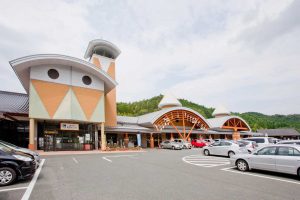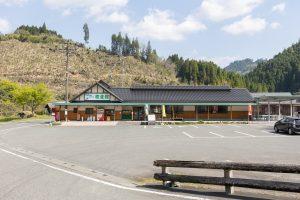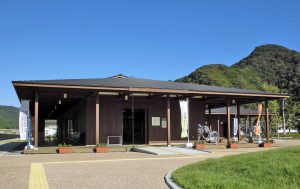Roadside Station Toyo
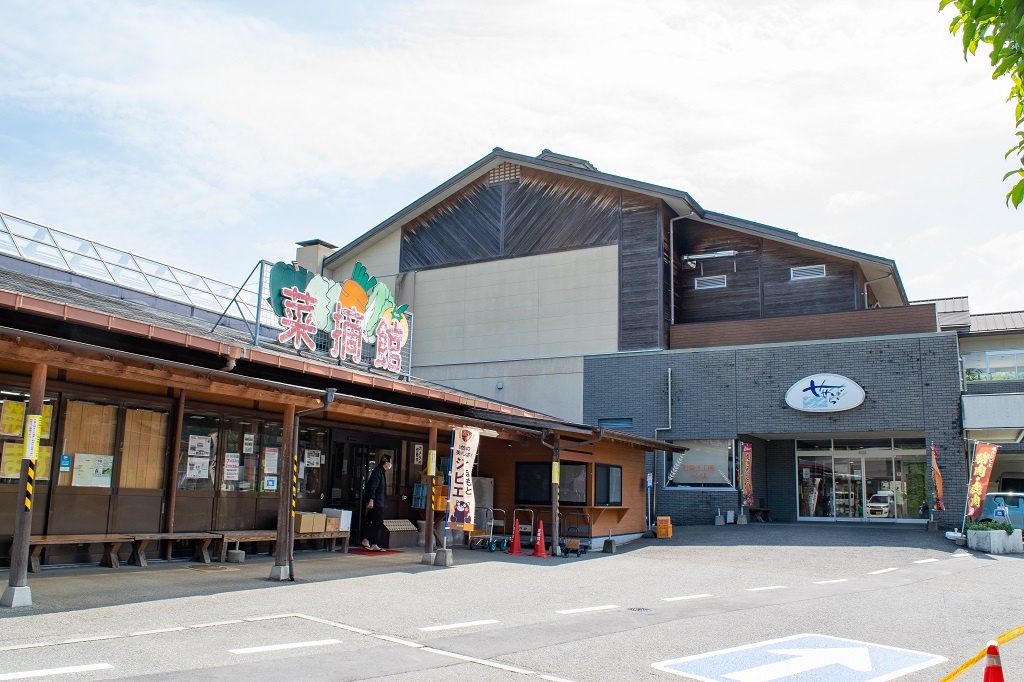
Index
The roadside station in the village of stone masonry is
Ginger cuisine and hot springs are popular
Toyo Town in Yatsushiro City is the gateway to tourist destinations such as Itsuki and Gojaso. The town is dotted with stone bridges built in the late Edo period (1603-1868) and is known as the "home of stone bridges." The Toyo Exchange Center Seseragi opened in February 2005 and became the 35th Toyo Roadside Station in Kumamoto Prefecture on March 27, 2021. The product hall sells the town's specialty, ginger, as well as fresh vegetables directly from farmers. In addition, the building that houses the "Yumeakari" hot spring facility sells handmade bread, which is popular among the locals. The restaurant offers a menu that makes full use of ginger, with handmade jams and dressings made with ginger in the kitchen. Don't miss the special menus combined with the use of the hot spring.
Roadside Station Toyo Basic Information
| Location | 1051-1 Minami, Toyo-cho, Yatsushiro City, Kumamoto Prefecture |
|---|---|
| Phone number | 0965-65-2112 |
| Business Hours | 7:30-18:00 Restaurant Weekdays 11:00-15:00 (OS 14:00) Onsen 10:00 - 20:00 |
| Access | 15 minutes from the Ugi Hikawa Smart IC on the Kyushu Expressway |
| Official HP | https://www.toyo-seseragi.com/ |
Roadside Station Toyo Map
Roadside Station Toyo Gourmet Information
Local product: ginger
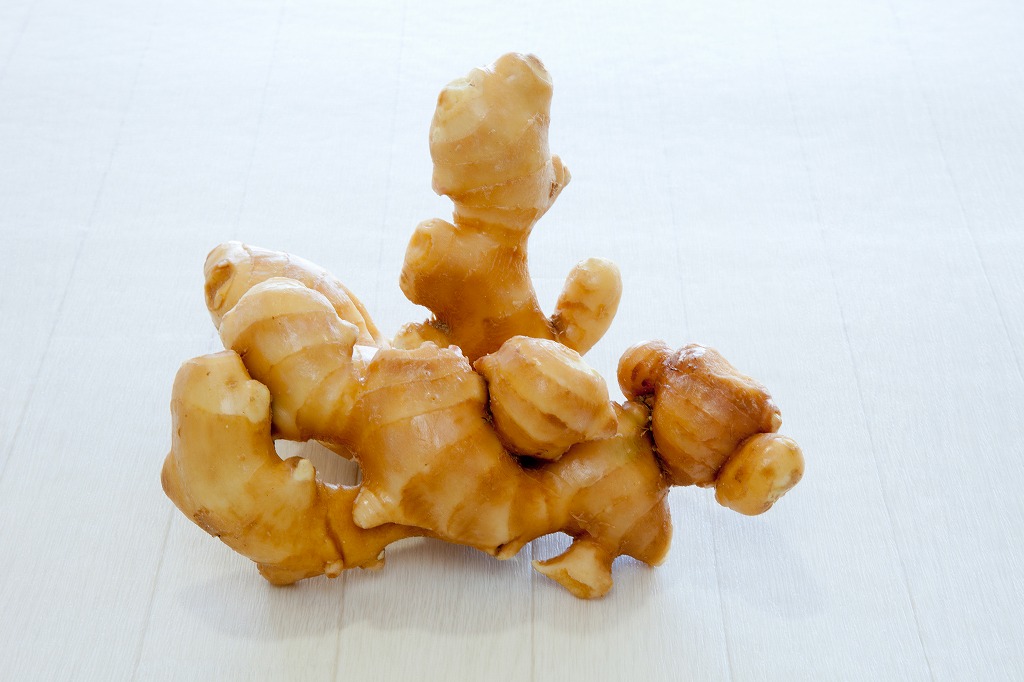
Kochi Prefecture in Shikoku is Japan's largest ginger-producing region, but the second largest is actually Kumamoto Prefecture. Toyo Town is the top ginger-producing area in Kumamoto Prefecture. Ginger production began in the town at the end of the Taisho period (1912-1926). In the early Showa period (1926-1989), ginger production spread throughout the town as a new crop. Because the town is located in a mountainous area with few plains, ginger is cultivated on plots utilizing the slopes of the mountains. The current challenge is the aging and decreasing number of growers. However, with improvements in quality, they are producing ginger with excellent color, taste, and aroma. We hope you will buy fresh ginger along with ginger dishes and ginger bread at the roadside station.
Eat this Seseragi Set
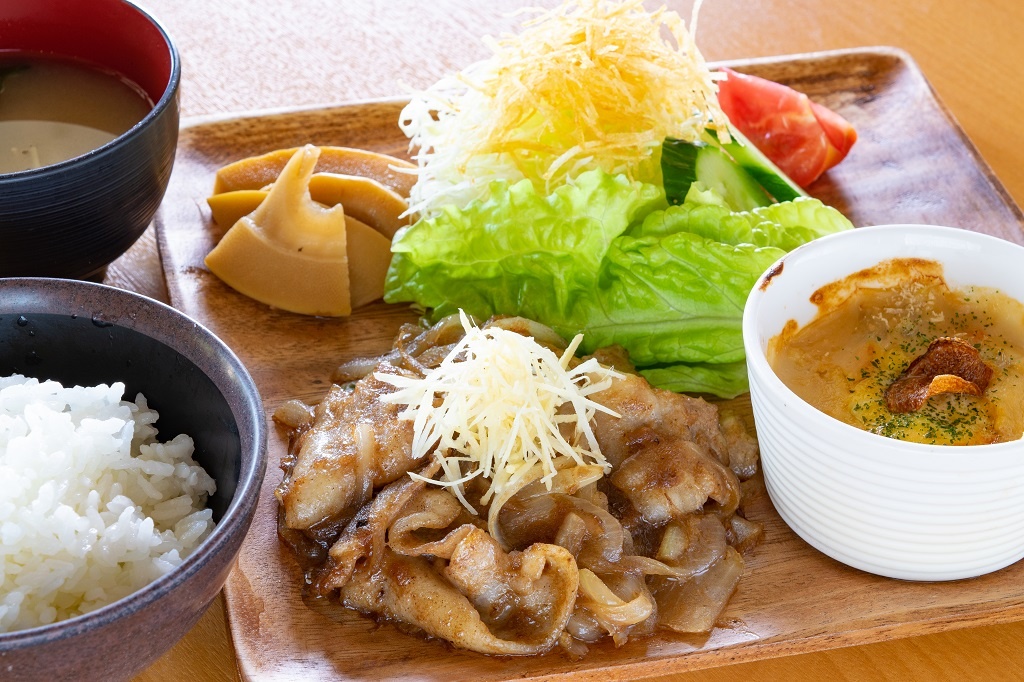
For its new opening as a roadside station, the restaurant "Sanfururu" was renewed with ginger, a specialty of the restaurant, in all of its menu items. The restaurant uses ginger not only in single dishes such as champon, katsu-don (pork cutlet bowl), and katsu-curry, but also in miso soup, soup, and dessert dishes. The "Seseragi Set" is recommended for customers using the hot spring. There are four types of sets: "Sweet & Snack Pork and Ginger Gratin," "Fried Shrimp, Fried Chicken and Ginger Gratin," "Fried Ginger and Ginger Gratin" (photo), and "Fried Chicken and Ginger Gratin," with a choice of rice, miso soup or bread and soup. And the set price with the onsen bathing fee is 1,300 yen! Meal only is 1,100 yen. If you include the onsen bathing fee of 520 yen for an adult, it is quite a bargain.
Buy this Ginger Jam
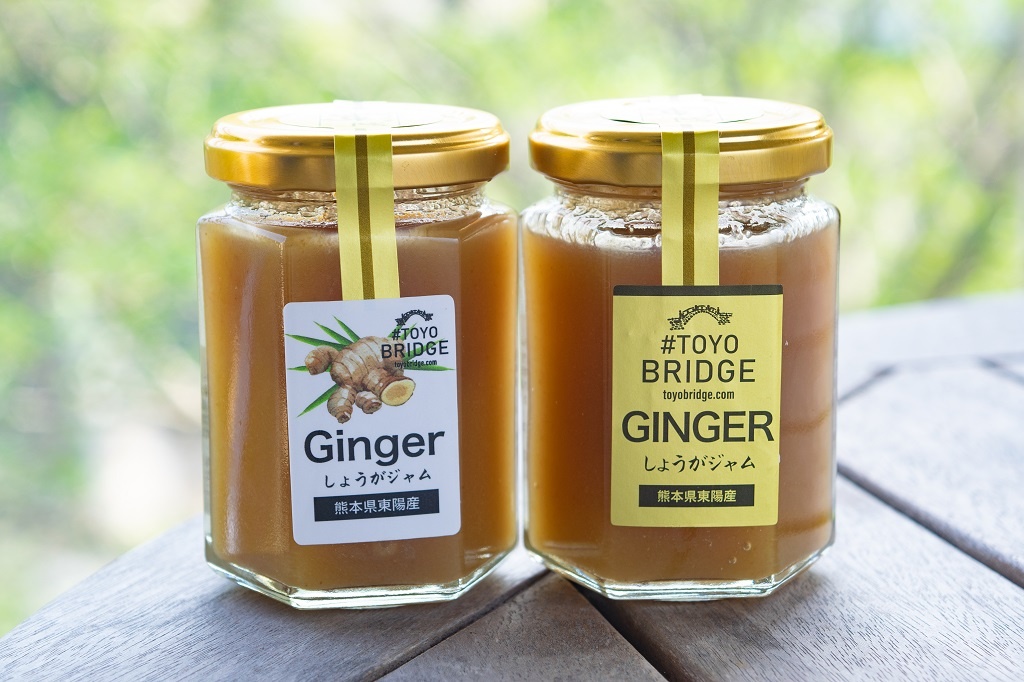
The station has a section for handmade bread, and with bread comes jam. The additive-free ginger jam (650 yen including tax) sold at the station has a moderate sweetness that goes well with the bread without the peculiar stimulation of ginger. It is made in the restaurant's kitchen and is an original product of the roadside station. It won the Best Selection Award in 2020 in the Higo Mokkoso Umakamon Grand Prix, a popularity contest for food products in the prefecture conducted by the prefectural federation of commerce and industry.
Around Roadside Station Toyo
Hot spring facilities
I'm proud of this.
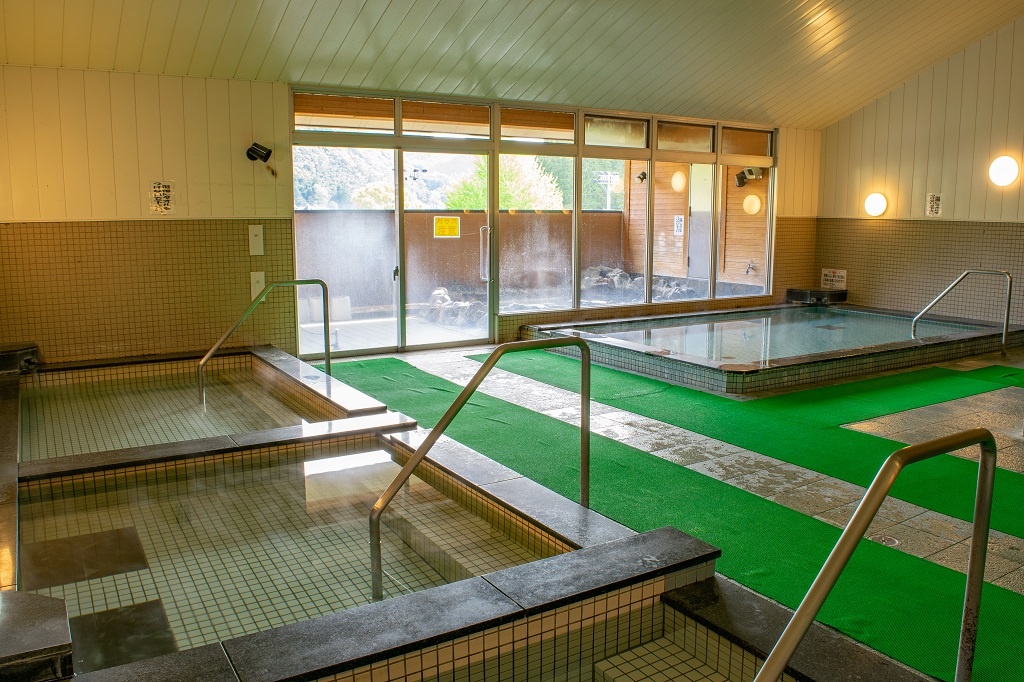
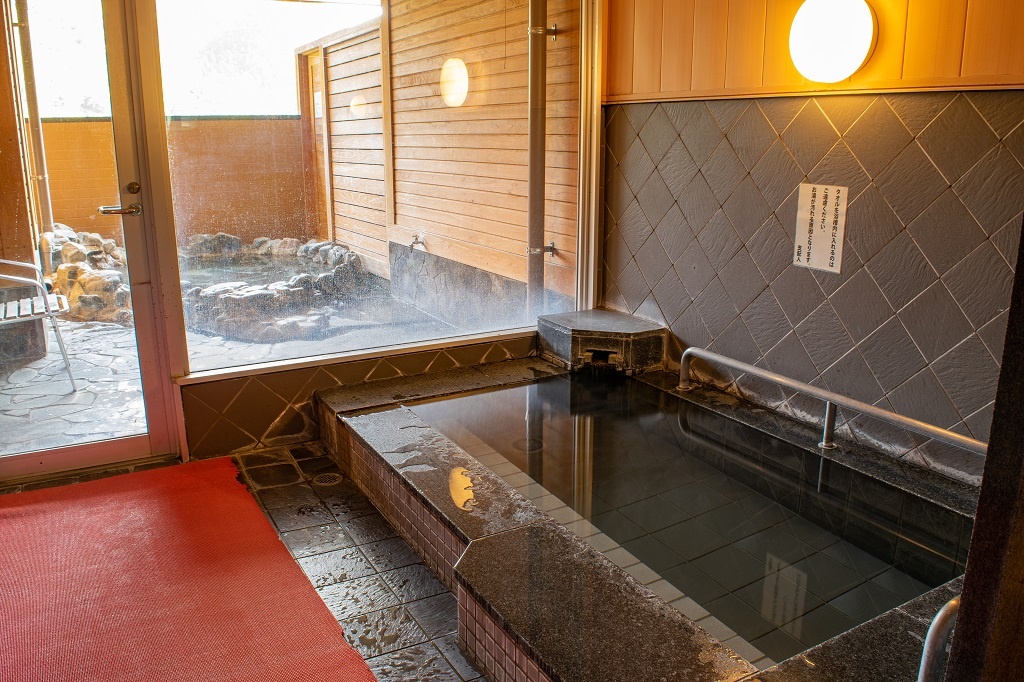
The hot spring facility Yumeakari is built along the Kawamata River, and all of the hot spring water is free-flowing except for the main bathtub in the main bathhouse. There are "hot" and "lukewarm" bathtubs separate from the main bathtub, as well as a mist sauna, an open-air bath, and a kettle bath next to the open-air bath. In addition, there are two time-only (50-minute) family baths, both with indoor and outdoor baths. Furthermore, the fee for the family baths is 520 yen for the main bath plus 1,000 yen, which is relatively inexpensive for a typical family bath. On weekdays, the fee is reduced by half to 1,020 yen for both the large bathroom and the family bath! If you like hot springs, you can fully enjoy hot spring bathing in both the large bathroom and the family bath. The spring water is slightly alkaline, which is good for beautiful skin. Ginger and yuzu baths are also available depending on the season.
stonemasonry
If you want to have fun in the area
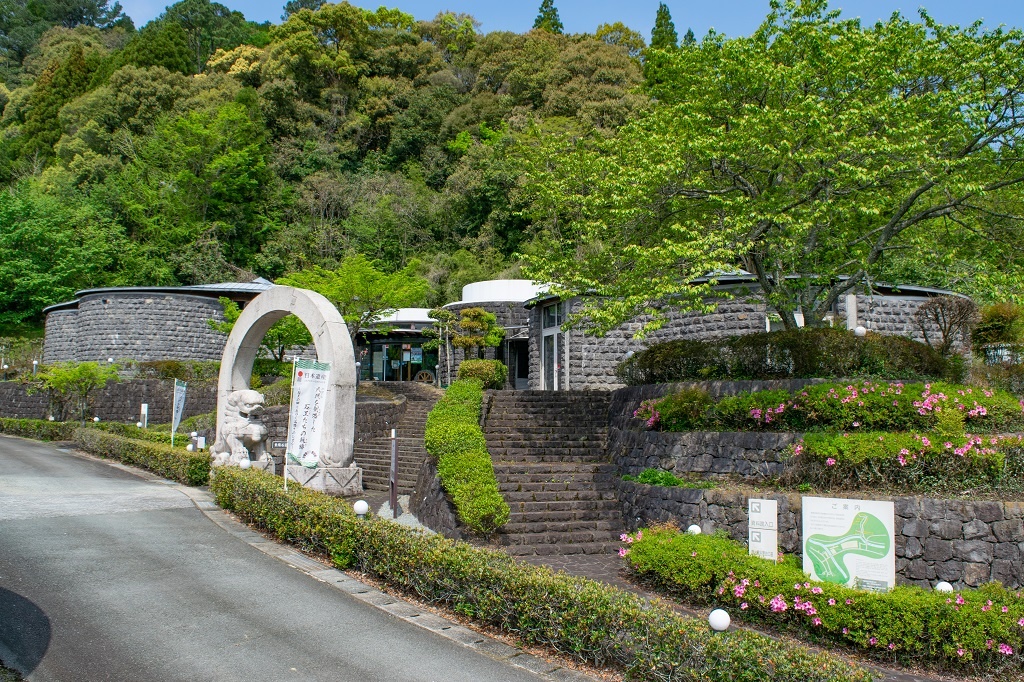
Twenty-four of the constituent cultural properties, including stone bridges from the Edo to Meiji periods scattered throughout Yatsushiro City, were recognized as Japan Heritage in 2020. Kangoro Hashimoto, a representative stonemason who built those stone bridges, was born here in Toyo Town (former Taneyama Village). The Ishokukan, located in front of his birthplace, is Japan's first museum of stone masonry and eyeglass bridges. The museum introduces Kan Goro Hashimoto, who was called "Taneyama stonemason," Sangoro Iwanaga, and other stone bridge-related items from all over the country. Incidentally, Kangoro Hashimoto temporarily moved to Tokyo in the Meiji era (1868-1912) and built the "Kanda Sujijibashi Bridge" and other bridges. He was not only a mason, but also the president of a major general contracting company.
Tategami Gorge (Higashiyama-cho, Iwate-ken)
If you want to have fun in the area
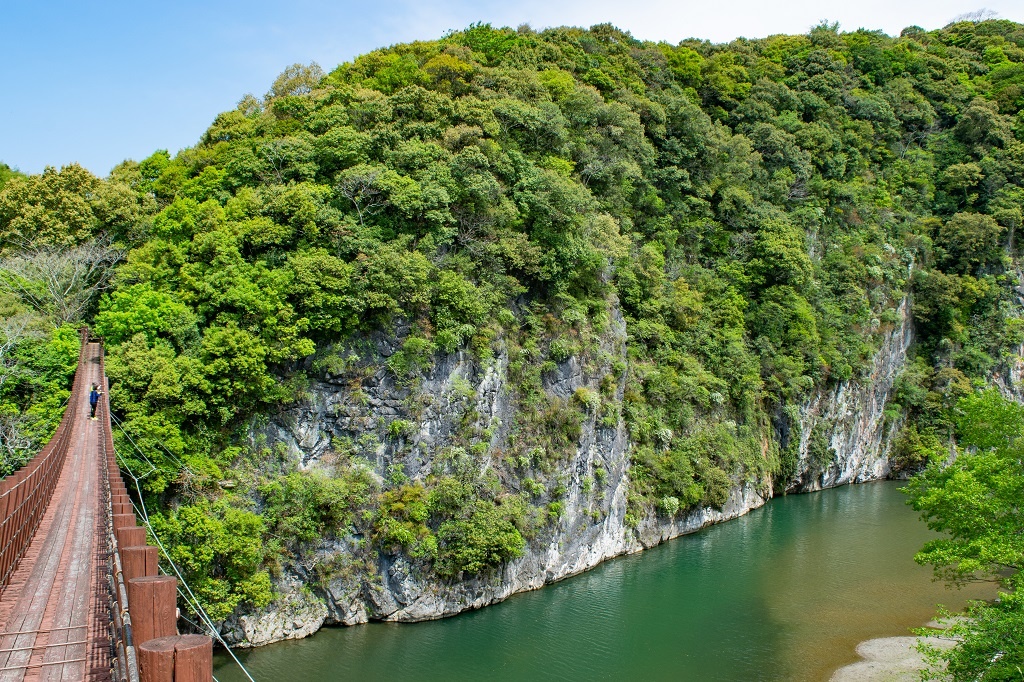
It is located in Hikawa Town adjacent to Toyo Town, just before Michi no Eki Toyo from National Route 3. It is a nationally designated scenic spot, and its large rock wall, also known as "Higo no Kukataki" (Sky Falls of Higo), offers a breathtaking view. It was formed by the erosion of Paleozoic limestone by the Hikawa River, and the large rock wall is 75 meters high and 250 meters wide. The area offers a spectacular view of fresh greenery in the spring and autumn colors in the fall. Tategamikyo Satochi Park has been established, with a campground, walking trails, and "Satochi Yashiki," a lodging facility modeled after a farmhouse in the 1950s. If you are not afraid of heights, you should definitely cross the suspension bridges "Hinokuni-bashi" and "Ryujin-bashi" to view the large rock walls.

